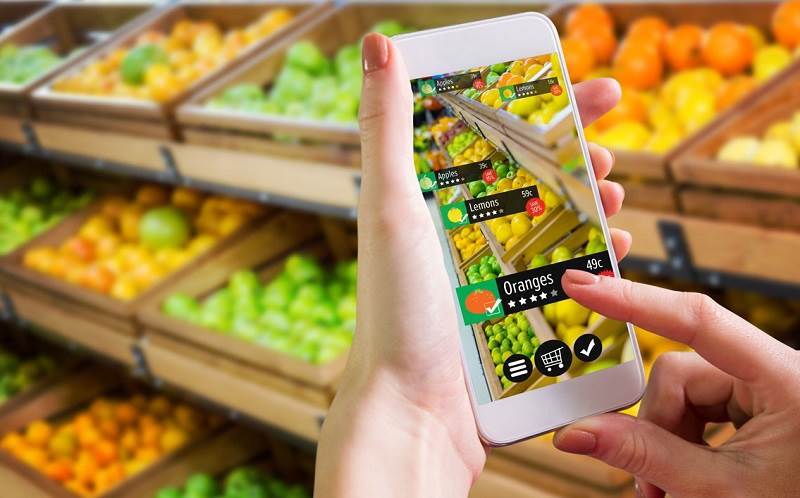
The traditional retail industry is under immense pressure on many fronts: economic uncertainty, competition from digital channels, and informed consumers who are more demanding than ever.
The mission of retailers today is straight forward: anticipate the demand of their customers and deliver the right product at the right place and time, and for the right price. Those retailers who do this will dominate.
Retailers are accomplishing this by collecting terabytes and terabytes of data on customers. Every purchase, every web page visited, every like or share, and even your movement in stores is captured and used to analyze consumer behavior. Collecting and storing this data is becoming easier, and the goal is to use that data to understand current and future behavior in near-real time.
Integrating and analyzing this data has begun a revolution in retail and we are now beginning to get an idea of what the store of the future will look like. Kroger has already created two experimental stores that will rely heavily on data that are revolutionizing the in-store experience. Using the store’s app, customers will create a list of items they need, and when they arrive in a store, sensors will guide the shoppers on the most efficient route to collect the items.
Gone are the days of staring at multi-level shelves to find your favorite box of crackers, for example. In the new stores, digital shelf displays will project an icon that the shopper selects under the item that is on their list. These digital icons will also help store employees quickly pick items for customers who submit online orders
The new digital shelves will offer two other advantages. First, they will be used to display item prices. With the digital displays, prices can be changed for instant promotions and weekly sales with the click of a mouse by store operators. This will be much quicker than having employees manually replace paper prices under each item.
Demand-based pricing will probably also enter the picture. Imagine a store that is down to its last 3 boxes of oatmeal and raising the price on-the-fly until the next shipment arrives. The same principal would apply to slow-moving items, where a flash sale could be created instantly and used to help move the extra products.
The second advantage of the new displays is that they could be used to present advertisements. Artificial Intelligence running behind the scenes would be used to predict the age and gender of a consumer as they walk throughout the store in order to present personalized ads based on location. These advertisements would create another income stream for retailers, who operate on thin margins.
Data is at the heart of all of the new solutions described above, and those retailers who can master their data will be able to exploit it for competitive advantage. Even if retailers are not ready to begin using Big Data, AI, and predictive analytics, venerable applications around store operations, category management, marketing analysis, and loss prevention still all depend on having quick access to trustable data.
The LRS Big Data and Analytics team has over 20 years of experience in analytics, information management, predictive analytics, and data warehousing. If you are interested in discussing current trends in retail analytics and understanding how we can help you find value in your data to create competitive advantage, please fill out the form below to request a meeting.
About the author
Steve Cavolick is a Senior Solution Architect with LRS IT Solutions. With over 20 years of experience in enterprise business analytics and information management, Steve is 100% focused on helping customers find value in their data to drive better business outcomes. Using technologies from best-of-breed vendors, he has created solutions for the retail, telco, manufacturing, distribution, financial services, gaming, and insurance industries.